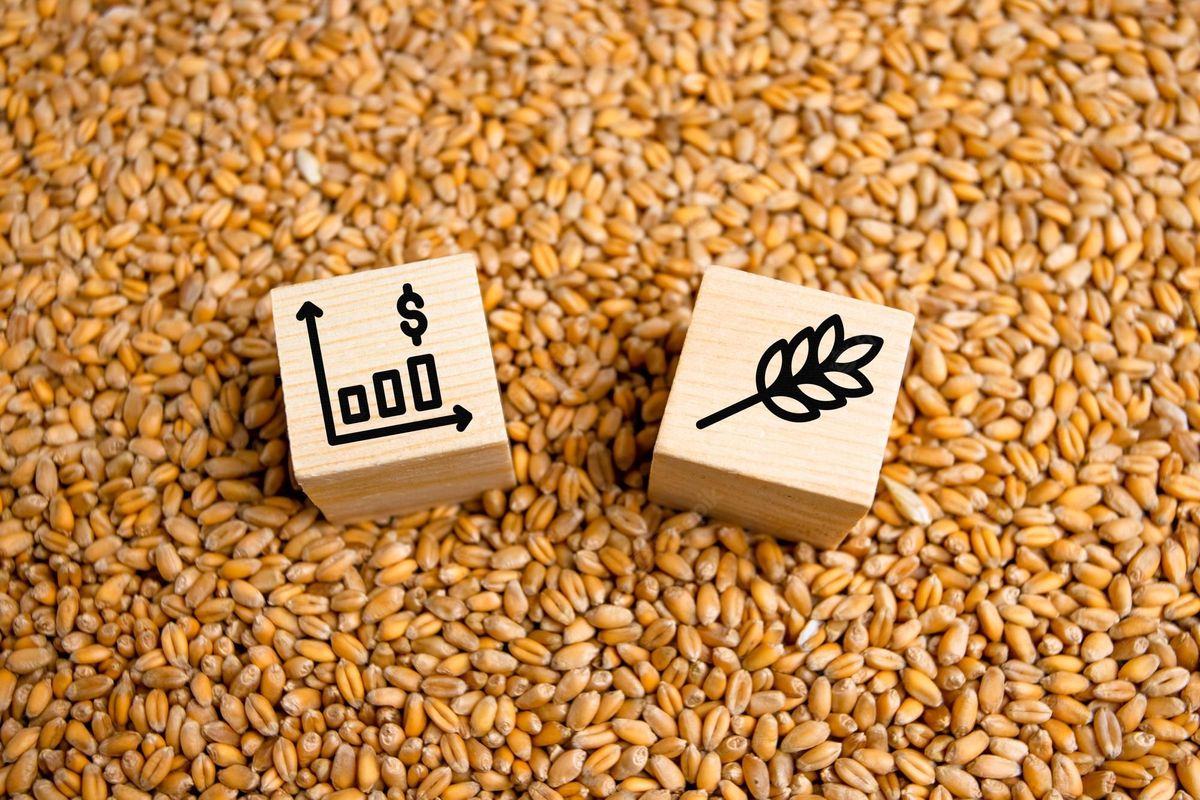Australia: Grower selling slows in falling market

Prices for prompt and new-crop wheat and barley have fallen by up to $15 per tonne in the past week to curb grower interest in selling.
Buying from consumers has also slowed, as excellent prospects for the northern region’s cereal crops amid a softening world market look like pushing plenty of grain towards domestic buyers come October.
In Victoria, South Australia and southern New South Wales, showery weather continues, but growers are generally a long way from feeling comfortable about forward selling new-crop grain based on shaky yield prospects which good rain in coming weeks would improve.
Exports of wheat and barley out of eastern Australia have slowed considerably, and the run-out on June 30 of free GrainCorp warehousing appears to have pushed little extra grain into the trade’s hands as competition from Northern Hemisphere crops ramps up.
| Prompt | July 4 | New crop | July 4 | |
| Barley Downs | $385 | $395 | $355 | $360 |
| ASW Downs | $380 | $390 | $365 | $380 |
| Sorghum Downs | $345 | $350 | $335 | $340 |
| Barley Melbourne | $350 | $352 | $340 | $330 |
| ASW Melbourne | $370 | $372 | $370 | $355 |
Table 1: Indicative prices in Australian dollars per tonne.
Growers in southern Queensland and northern NSW are coming to terms with what for some could be their biggest winter-crop harvest ever, and are leisurely selling a load here and there to clean out on-farm storages.
However, traded volume is thin, as some consumers concentrate on sourcing canola meal, faba beans and other inputs amid wheat and barley coverage which for many extends to new crop.
“It’s quiet, but we’re seeing a little bit of business done with the consumer,” Stewart Grain, Inverell, trader Robert Quinn said.
The July stem indicates around 200,000t of sorghum will be shipped out of Newcastle this month, which is pulling sorghum out of the port zone for Brisbane, where only around 60,000t is slated for bulk export to China this month
“Sorghum from here is working into Newcastle,” Mr Quinn said.
Ideal conditions have seen a larger-than-normal area planted to wheat, barley and chickpeas in the wider Moree region, and Mr Quinn said this was likely to limit the area of new-crop sorghum.
“There’s no acres left for it; there’s winter crop everywhere.”
Feedmills are chasing additional protein meal, with one source reporting that the supply of canola meal ex one of the major NSW crushers has slowed or stopped due to work at the plant.
However, imported soymeal is still readily available.
Faba beans into poultry and cattle feeders are trading at around $500/t delivered Downs, and coming from northern NSW.
In stark contrast to the ample subsoil reserves of the north, growers in Vic, SA and southern NSW are yet to see the soaking rain they need to set them up for spring.
Wilken Group trader Andrew Kelso said bids on wheat and barley have dropped to a level seen as largely unattractive by growers.
“Globally, the market is softer and…growers have slowed down their selling,” Mr Kelso said.
Consumers have been buying in the falling market of recent weeks, and the slowdown in export could see them booking volume from the trade in the next month or two as offshore values sag.
Canola prices surged last week, which saw a reasonable volumes of current-crop and new-crop trade as the focus for growers looking to do their first selling of the 2024-25 financial year.
Read also
Wheat in Southern Brazil Impacted by Dry Weather and Frosts
Oilseed Industry. Leaders and Strategies in the Times of a Great Change
Black Sea & Danube Region: Oilseed and Vegoil Markets Within Ongoing Transfor...
Serbia. The drought will cause extremely high losses for farmers this year
2023/24 Safrinha Corn in Brazil 91% Harvested
Write to us
Our manager will contact you soon



